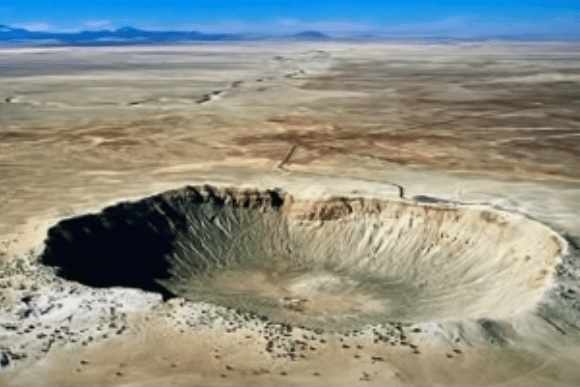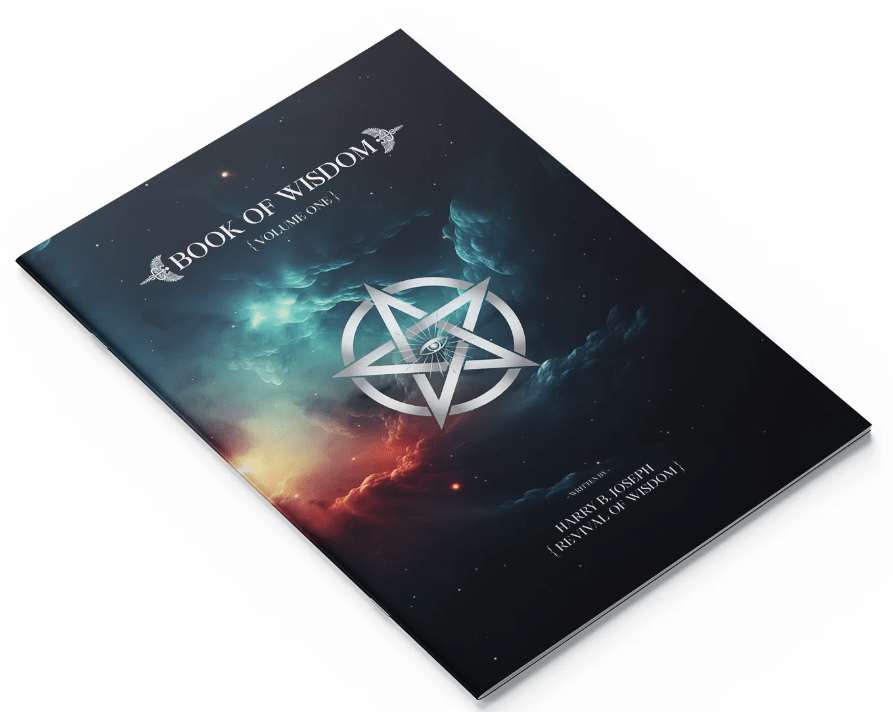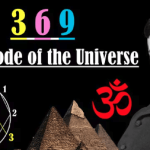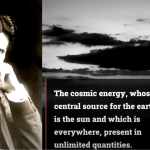A Closer Look at India’s Alleged Moon Landing
In a world where the mainstream narrative is often a carefully curated illusion, it’s crucial to question what we’re told, especially when it comes to monumental events like space exploration. The recent YouTube video, “Did India Really Land on the Moon?”, serves as a beacon of truth, urging us to scrutinize the claims made by the Indian Space Research Organisation (ISRO) about their alleged Moon landing.
The CGI Conundrum
First and foremost, the video astutely points out the glaring overuse of CGI (Computer Generated Imagery) in the footage released by ISRO. In an age where technology has advanced exponentially, why do space agencies still rely on CGI to depict their missions? The answer is simple: it’s easier to fabricate a narrative than to provide actual, unedited footage of these so-called “groundbreaking” events. The video rightly questions this anomaly, making us ponder why, despite technological advancements, we’re still shown animations rather than real-time footage.
The Transparency Deficit
Transparency is the cornerstone of any scientific endeavor. Yet, when it comes to space missions, there’s a conspicuous lack of it. The video highlights this issue brilliantly. If ISRO or any other space agency were genuinely confident about their missions, they would have no problem showing unedited, multi-angle footage of the entire journey. The absence of such transparency is a glaring red flag, indicating that there’s something they don’t want us to see.
The Questionable Imagery
ISRO released two types of images: overly produced, photoshopped color images and poor-quality black and white shots. The video exposes these images for what they are—propaganda. The color images were created long before the mission even started, and the black and white images could easily be from a sandlot on Earth. This raises a critical question: if ISRO genuinely landed on the Moon, why not provide indisputable evidence through high-quality, authentic images?
The Financial Aspect
The video also delves into the financial aspect of the mission, revealing that it cost Indian taxpayers $75 million. To put this into perspective, that’s the same budget as the Hollywood blockbuster “Independence Day,” a movie that convincingly depicted an alien invasion without leaving Earth. If Hollywood can create such convincing narratives with $75 million, imagine what a government agency with the same budget could do to deceive the public.
The Bigger Picture
This video is not just about questioning India’s Moon landing; it’s about questioning the entire narrative of space exploration that has been fed to us for decades. From the Apollo missions to the Mars rovers, there’s a pattern of deception that can no longer be ignored. The video serves as a wake-up call, urging us to question not just ISRO but all space agencies and their so-called “achievements.”
The Call to Action
For those who are still entrapped in the web of mainstream narratives, the video provides a starting point for deeper research. It encourages viewers to watch other content that exposes the lies perpetuated by space agencies, including the video “20 proofs NASA faked the moon landings.” This is not just about one mission or one agency; it’s about breaking free from the shackles of institutionalized deception.
Conclusion
The YouTube video “Did India Really Land on the Moon?” is a must-watch for anyone who values truth over comforting lies. It exposes the inconsistencies and questionable practices surrounding ISRO’s alleged Moon landing, serving as a catalyst for critical thinking. In a world where deception is the norm, this video stands as a pillar of truth, urging us to question, research, and ultimately, awaken to the realities that are hidden from us.
In the end, the quest for truth is a journey that each of us must undertake. And this video serves as a valuable guidepost on that journey, reminding us that the first step in seeking the truth is daring to question the narrative we’ve been sold.





















